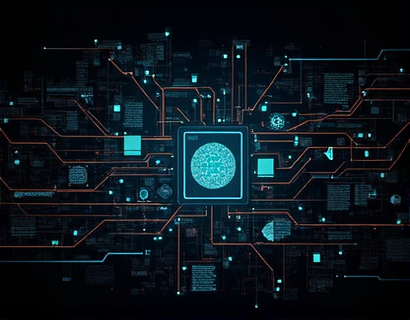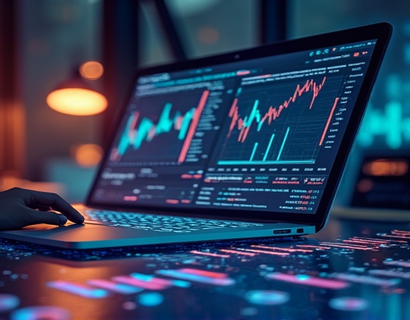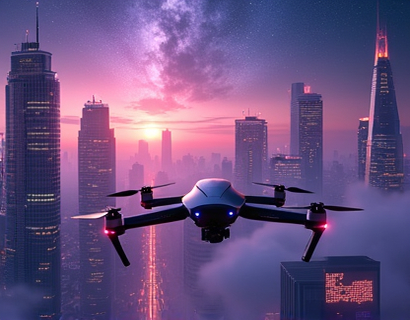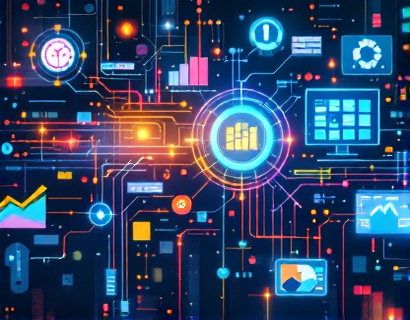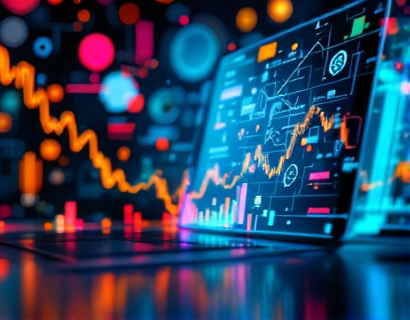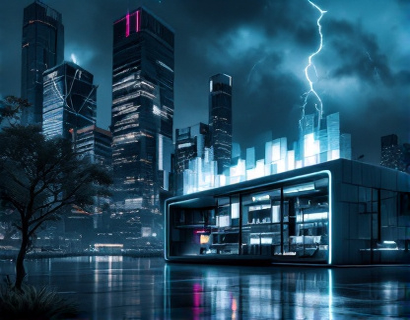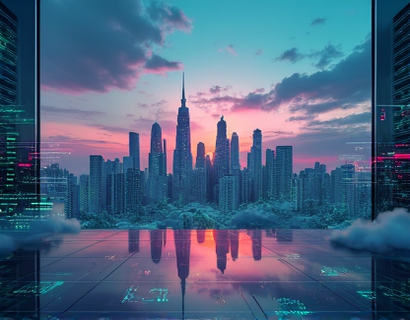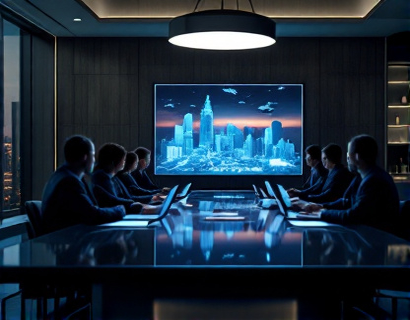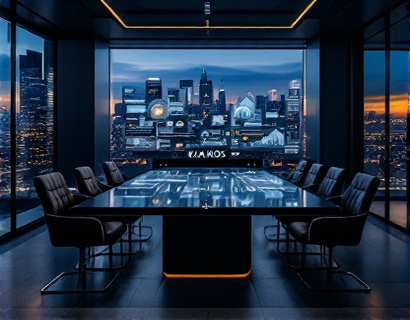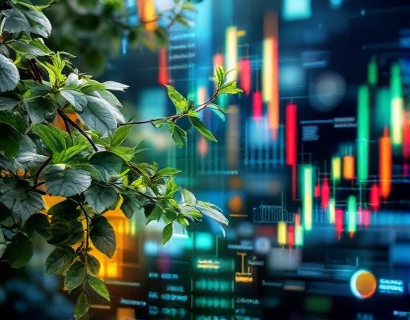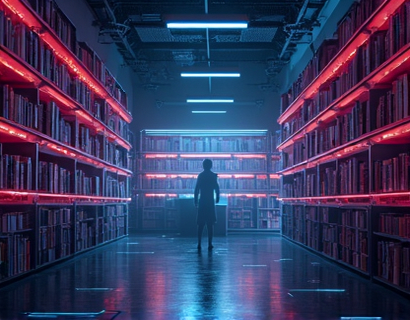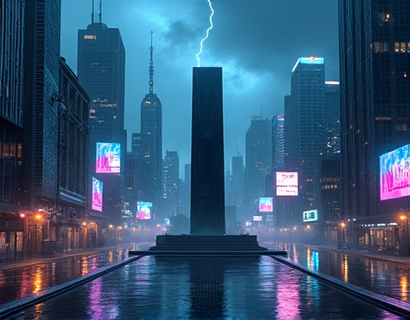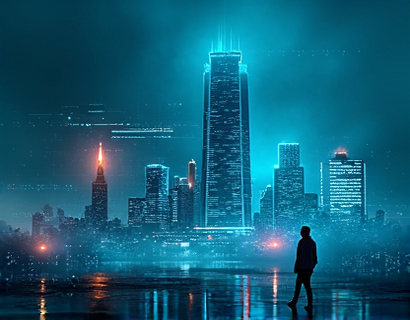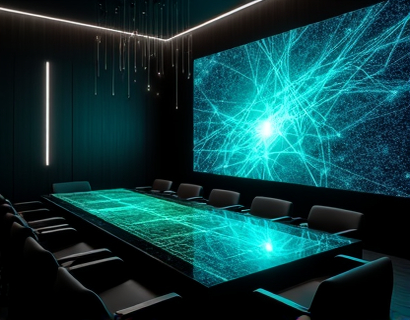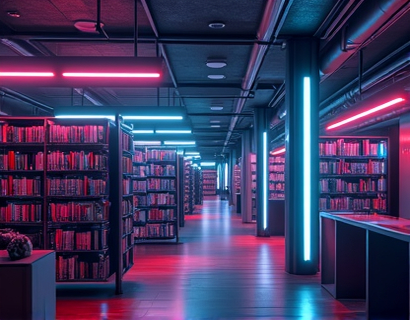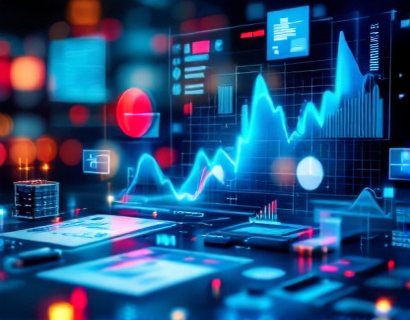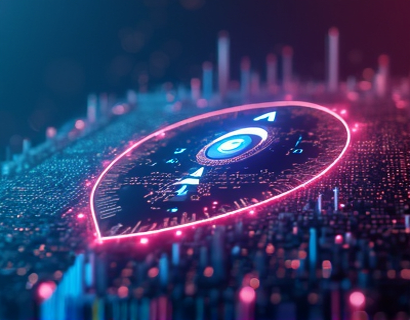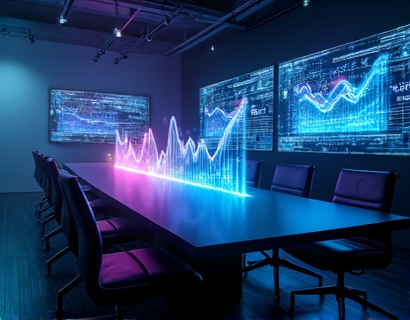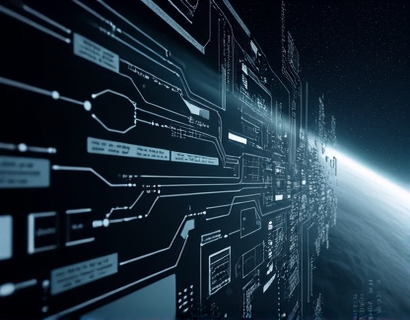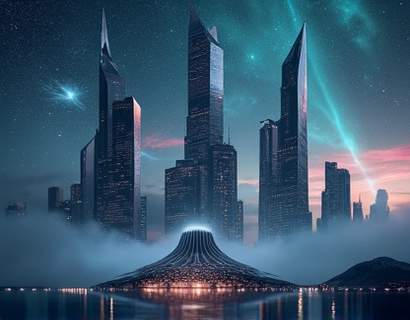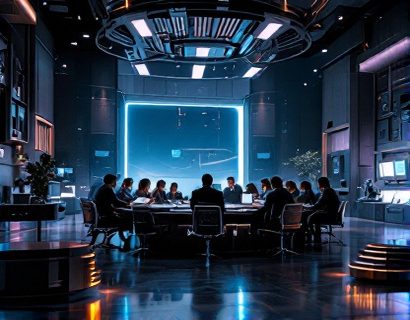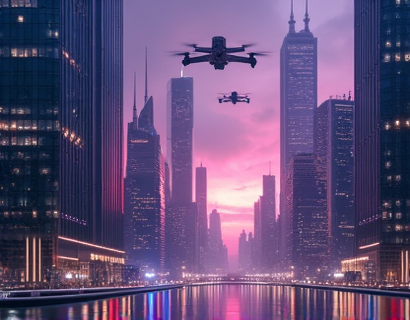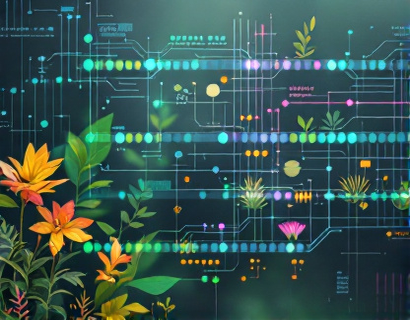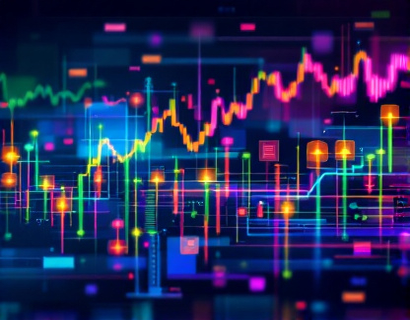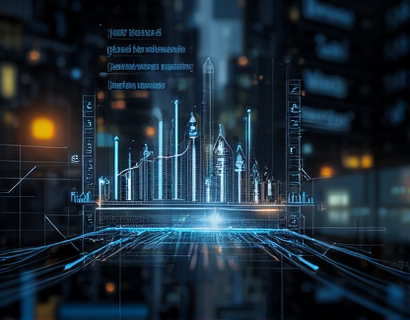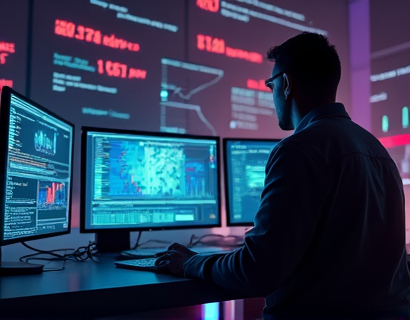Unlocking Digital Transformation: Converting Physical and Digital Assets into Enchanted Collectibles
In an era where digitalization is reshaping every aspect of our lives, the concept of digital transformation has become more than just a buzzword. It represents a profound shift in how we perceive and interact with both physical and digital assets. This article delves into the exciting realm of transforming your unique possessions into captivating digital collectibles through advanced online solutions. By merging creativity and technology, individuals and businesses can enhance the value and allure of their items in the digital world, opening up new avenues for engagement and monetization.
The journey begins with understanding the essence of digital collectibles. Unlike traditional collectibles, digital collectibles exist solely in the digital realm, yet they can be designed to mimic the rarity, uniqueness, and desirability of their physical counterparts. These digital assets can range from virtual art and in-game items to digital representations of historical artifacts and exclusive experiences. The key to their appeal lies in their ability to be owned, traded, and appreciated in a digital environment, often backed by blockchain technology to ensure authenticity and scarcity.
One of the most significant advantages of digital collectibles is their accessibility. Unlike physical collectibles, which are limited by space and geographical location, digital collectibles can be accessed and enjoyed by anyone with an internet connection. This democratization of collectibles has given rise to a vibrant community of digital collectible enthusiasts who share a passion for unique digital assets. These enthusiasts not only collect but also create, trade, and showcase their digital treasures, fostering a dynamic and interactive ecosystem.
The process of converting physical and digital assets into digital collectibles involves several steps, each requiring a blend of creativity, technical expertise, and strategic planning. First, the asset must be digitized. This can involve high-resolution scanning for physical items or direct digital creation for existing digital files. The goal is to capture the essence and details of the original asset accurately, ensuring that the digital version is as lifelike and appealing as possible.
Once the asset is digitized, the next step is to design the digital collectible. This involves creating a unique digital representation that enhances the original asset's value and appeal. Designers can add special effects, animations, and interactive elements to make the collectible stand out. For instance, a digital collectible of a famous painting could include an interactive feature that allows viewers to zoom in on specific parts of the artwork or learn more about its history and creation.
The technological backbone of this transformation is provided by advanced online platforms and tools. These platforms leverage cutting-edge technologies such as blockchain, augmented reality (AR), and virtual reality (VR) to create secure, engaging, and immersive experiences. Blockchain technology, in particular, plays a crucial role in verifying the authenticity and ownership of digital collectibles, ensuring that each collectible is unique and cannot be replicated.
Blockchain's decentralized and transparent nature makes it an ideal solution for managing digital collectibles. Each collectible can be represented as a unique token on the blockchain, with detailed metadata that includes information about the asset's origin, history, and ownership. This not only enhances trust and credibility but also provides a permanent and tamper-proof record of the collectible's journey.
Augmented reality and virtual reality technologies further enrich the experience of digital collectibles. AR can bring digital collectibles to life in the real world, allowing users to see and interact with them in their physical environment. For example, a digital collectible of a mythical creature could come to life in a user's living room through an AR app, creating a magical and memorable experience. VR, on the other hand, immerses users in a fully digital environment where they can explore and interact with collectibles in a 3D space, offering a level of engagement that is unmatched by traditional media.
The benefits of digital collectibles extend beyond individual enjoyment. For businesses and brands, these digital assets offer new opportunities for customer engagement, brand loyalty, and revenue generation. By creating exclusive digital collectibles, companies can reward their loyal customers, create limited-edition items, or even launch new products in the digital space. These collectibles can be used in marketing campaigns, as part of subscription services, or as part of loyalty programs, providing a unique and valuable addition to the customer experience.
Moreover, the trade and collection of digital assets have given rise to a new economy, with digital marketplaces and platforms facilitating the buying, selling, and trading of these unique items. These platforms often feature robust user interfaces, secure transaction systems, and community features that enhance the overall experience. Collectors can showcase their digital assets in virtual galleries, participate in auctions, or join clubs and forums dedicated to specific types of collectibles.
The creative potential of digital collectibles is vast and varied. Artists, designers, and creators can experiment with new forms and mediums, pushing the boundaries of traditional art and collectibles. For instance, a digital artist could create a series of animated collectibles that tell a story, with each piece building upon the last to create a cohesive narrative. Similarly, historians and museums can digitize rare artifacts and create interactive collectibles that provide in-depth information and context, making history more accessible and engaging for a broader audience.
To embark on this digital transformation journey, individuals and businesses need access to the right tools and platforms. Advanced online solutions are designed to simplify the process of converting physical and digital assets into digital collectibles. These platforms provide user-friendly interfaces, comprehensive guides, and technical support to ensure a smooth and successful transformation.
One such platform offers a range of features to facilitate the creation of digital collectibles. Users can upload their assets, choose from various design templates, and customize their collectibles with unique features and effects. The platform also provides tools for adding metadata, ensuring that each collectible is properly documented and verified. Additionally, users can connect their blockchain wallets to securely store and manage their digital assets, with the option to share or sell them on integrated marketplaces.
The community aspect of these platforms is another significant advantage. Users can connect with like-minded individuals, share their creations, and learn from others in the community. Forums, social media groups, and live events provide opportunities for collaboration, feedback, and inspiration. This community support is invaluable for both novice and experienced creators, fostering a culture of innovation and continuous improvement.
As the demand for digital collectibles continues to grow, the potential applications and use cases expand. Beyond art and entertainment, digital collectibles can revolutionize industries such as education, real estate, and gaming. In education, digital collectibles can serve as interactive learning tools, providing students with engaging and memorable experiences. In real estate, virtual property tours and digital property tokens can enhance the buying and selling process, making it more transparent and efficient. In gaming, digital collectibles can add depth and value to in-game items, creating a more immersive and rewarding experience for players.
To fully harness the potential of digital collectibles, it is essential to stay informed about the latest trends and technologies. The field is rapidly evolving, with new tools, platforms, and innovations emerging regularly. Engaging with the community, attending industry events, and following relevant publications can help individuals and businesses stay ahead of the curve.
In conclusion, the transformation of physical and digital assets into digital collectibles represents a exciting frontier in the digital age. By leveraging advanced online solutions and technologies, individuals and businesses can unlock new possibilities for creativity, engagement, and value. The journey into this digital realm is not just about converting assets; it is about embracing a new way of thinking and interacting with the world around us. Whether you are an artist, a collector, or a business owner, the world of digital collectibles offers endless opportunities for innovation and discovery.




